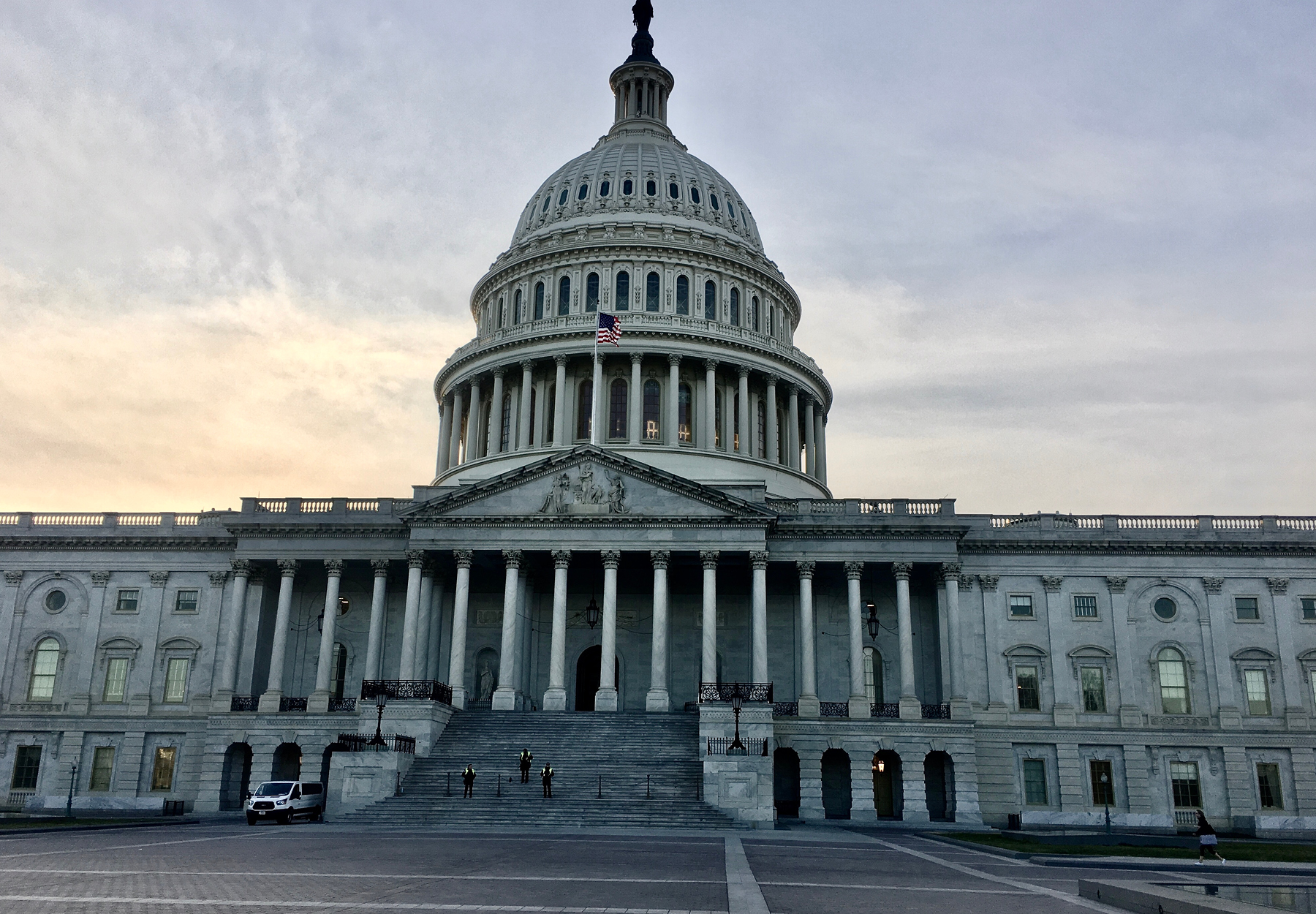Medicare Pay Rates Are Adequate without Major Hikes, MedPAC Says
Agency’s annual report to Congress concludes that providers are doing just fine and don’t need a big bump in pay at this time.

The recent economic struggles of hospitals, physicians, labs, and other health providers have been well documented. However, not everyone believes that the financial picture is as dire as the provider community is making it out to be. Unfortunately for providers, one of the skeptics is the influential Medicare Payment Advisory Commission (MedPAC), the body charged with reviewing the adequacy of current Medicare payments. On March 15, MedPAC released its annual report to Congress concluding that providers are doing just fine and don’t need a big bump in pay at this time.1
The MedPAC Findings & Recommendations
The report first considers the payor perspective, noting that Medicare spending grew by only 3.6 percent in the first pandemic year of 2020. The combination of care resumption, suspension of a scheduled two percent payment sequester, and one-time 3.75 percent provider payment rate increase drove growth of over 8.4 percent in 2021. However, the report continues, with enrollment expected to increase from 63 million to 78 million, Medicare spending growth is likely to stabilize in the high ranges of six percent to seven percent per year starting in 2023 and continuing in subsequent years through the rest of the decade. Projected result: Spending will double over the next 10 years, from $875 billion in 2021 to $1.8 trillion in 2031.
Even so, “the Medicare program finds itself—at least temporarily—in a somewhat better position financially than it was a year ago,” according to the report, citing the higher-than-expected Medicare payroll tax revenues generated by the strong growth in the US economy after the initial months of the pandemic.
The MedPAC report paints an equally positive picture on the provider side. While acknowledging that 2022 “input cost increases for hospitals were higher and more volatile than they have been in recent years,” the report finds that “most indicators of hospital payment adequacy remained positive or improved” in 2021.
The MedPAC Payment Adequacy Indicators
· Whether Medicare beneficiaries have adequate access to care
· The quality of care beneficiaries receive
· Whether providers have adequate access to capital
· Medicare payments and provider costs
MedPAC also suggests that the COVID-19 financial assistance that providers received from the federal government more than offset the additional costs they incurred as a result of the pandemic in 2021. Accordingly, MedPAC concludes that current Medicare payment rates are adequate and that Congress should stick to its plan of providing only modest increases in calendar year 2024. The agency’s specific payment recommendations include:
- Increase the 2023 Medicare inpatient prospective payment system (IPPS) and outpatient prospective payment system (OPPS) base payment rate by the market basket amount + 1 percent
- Increase the Medicare base payment rate for physicians and clinicians by the market basket amount + 1.45 percent
Exception: MedPAC recommends higher Medicare pay increases for “safety-net” hospitals and clinicians who provide care for low-income patients.
Takeaway & Practical Impact of the MedPAC Report
While no doubt influential, the MedPAC recommendations aren’t binding. Not surprisingly, the American Hospital Association (AHA) and other major provider groups have criticized the new report and called on Congress to provide increases that will at the very least keep Medicare pay of hospitals and physicians in line with inflation.
In a March 23 public letter, the AHA claims that the MedPAC assessment that hospitals don’t need a major Medicare pay increase totally misses the mark, noting the wide agreement among credit rating agencies and other experts that “2022 was the worst year for hospital finances since the beginning of the pandemic.” The increase MedPAC recommends “is simply not enough for the many hospitals and health systems that are in distress and struggling to keep their doors open,” the AHA says.2
The methodology of the MedPAC report has also come under fire, including the assessment of financial conditions in 2021 based on data from cost reports of hospitals whose fiscal years don’t coincide with the calendar year and whose expenses and receipt of relief funds surged at different times during the year. Besides, the AHA adds, the financial picture for hospitals in 2023 looks very different from what it did in 2021 when hospitals were “buoyed” by strong investment returns due to robust financial markets and COVID-19 relief funds surging in.
Further undermining MedPAC’s conclusion that current Medicare payments to providers are sufficient is that the analysis fails to account for the annual two percent reduction that will continue to apply each year after the temporary moratorium that Congress imposed to help providers through the pandemic expires.
“If current projections of input inflation and hospital costs turn out to be inaccurate, these discrepancies will be accounted for in our assessment of payment adequacy in our next recommendation cycle,” MedPAC writes.
Of course, such a reassurance offers little comfort to struggling hospitals and physicians, some of which may no longer be in operation when that “next recommendation cycle” rolls around. All of this places the burden on providers and their advocacy groups to go directly to Congress to make their case for Medicare pay raises that reflect economic realities.
References:
Subscribe to view Essential
Start a Free Trial for immediate access to this article